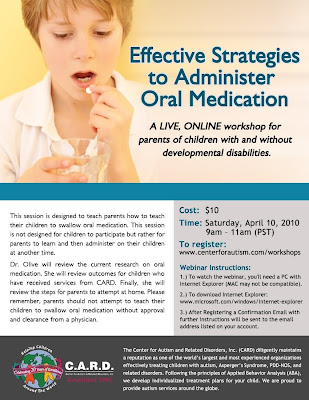by
Jon HamiltonNPR,
All Things ConsideredA new study suggests that our brains develop specialized circuits to process human voices long before we learn to speak.
The study, which appears in the journal Neuron, looked at brain activity in 32 infants as they listened to recorded sounds. Half the children were 4 months old and the other half were 7 months old.
 Some of the sounds they heard were nonhuman sounds, like chickens clucking, a bell ringing or a cuckoo clock. The rest were clearly human utterances including some words, though not in any language the children would have heard before.
Some of the sounds they heard were nonhuman sounds, like chickens clucking, a bell ringing or a cuckoo clock. The rest were clearly human utterances including some words, though not in any language the children would have heard before.
While the children listened, researchers from Germany and the U.K. measured activity in certain areas within a part of the brain called the superior temporal cortex, which is just above the ear. Other studies have shown that these areas are where voices are processed in adults.
Children Respond To Emotional Meaning
In 4-month-old infants, these areas did not differentiate between human voices and nonhuman sounds, says Tobias Grossman from the Centre for Brain and Cognitive Development at the University of London and the Max Planck Institute for Human Cognitive and Brain Sciences.
But it was a different story in the 7-month-old infants, Grossman says. The brain responses showed that "they process human voice distinctly from other kinds of sounds," he says.
The researchers wanted to know whether the older children's brains would also respond to the emotional meaning that's often conveyed through vocal intonation.
So they played unfamiliar words spoken with happy, unhappy and neutral intonations, and once again, certain areas of the brain seemed to know the difference.
The findings provide strong evidence that specialized voice processing in the brain develops sometime between the fourth and seventh month of life, Grossman says.
A New Technology To Measure Infants' Brain Activity
This discovery might have been made years ago if small children didn't wiggle around so much in the MRI scanners that are usually used to measure brain activity, Grossman says. But he says they do and even small head motions make good measurements impossible.
Grossman and his team used a newer technology called near-infrared spectroscopy. It measures brain activity using beams of light that come from a special helmet, he says, so infants can stay in a parent's lap during an experiment.
It's not surprising that kids' brains become attuned to human voices so early, says Rhea Paul, a speech language pathologist at the Yale Child Study Center.
She says behavioral studies have made it clear that something is happening in the brain. Even very young children seem to recognize their mother's voice and respond to happy sounds, she says. By the time most children reach their first birthday, they have learned to understand words and started using them.
But for kids with autism and other developmental disorders, that may not happen on schedule, Paul says, and studies like Grossman's may help explain why.
Early Warning Signs For Developmental Problems
"One thing we know about children with autism is that they are almost universally delayed in their development of language," Paul says.
Problems with the brain systems that recognize and process human voices could offer an early warning of language difficulties.
Paul says the brain areas that respond to intonation may be especially important to watch because children with autism often lack this ability.
She says her lab found that toddlers with typical brains paid attention to which syllable in a word was being stressed and to the rhythm of sentences. "Children with autism, on the other hand, paid attention to neither of those things."
But Paul says that experiment was with children who were at least a year old. She says it's not yet clear whether there are differences in younger children.











